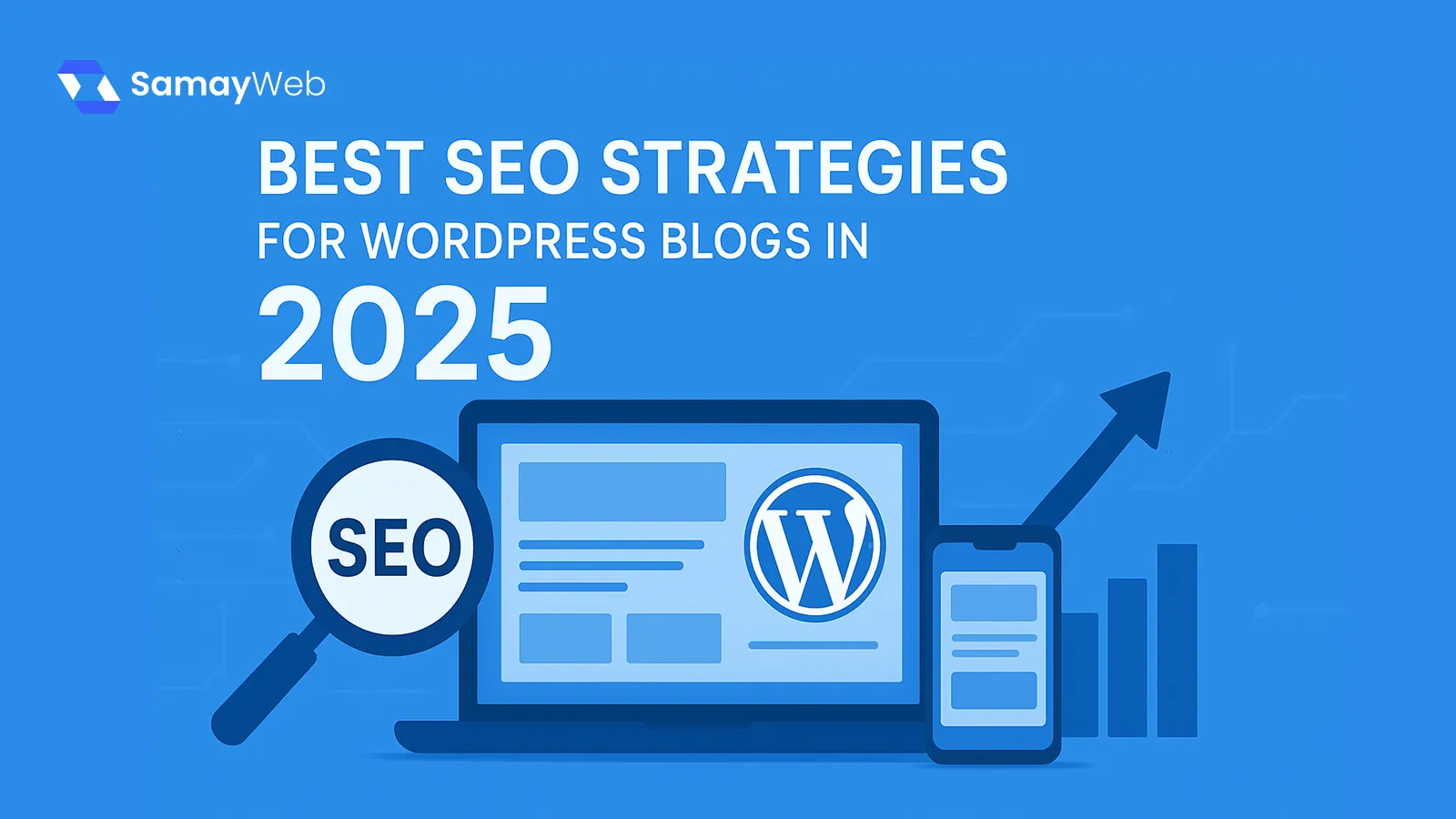Introduction
In the fast-paced digital world of 2025, finance websites are no longer just online brochures — they’re interactive platforms that offer personalized experiences, real-time data, and intuitive tools to help users make smarter financial decisions. Whether it’s managing budgets, investing in stocks, exploring cryptocurrencies, or tracking expenses, users expect finance websites to be fast, secure, mobile-friendly, and easy to navigate.
5 Best Finance Website Designs to Checkout

Chime has redefined online banking for the modern consumer. In 2025, its website is built around simplicity, speed, and trust. With a mobile-first approach and social-proof-rich messaging, Chime communicates benefits like no hidden fees, automatic savings, and early direct deposits with clarity. Chime’s website also features customer stories, product comparisons, and explainer animations. The friendly, informal tone aligns perfectly with its mission of making banking more human. From landing page to account setup, the experience is seamless.
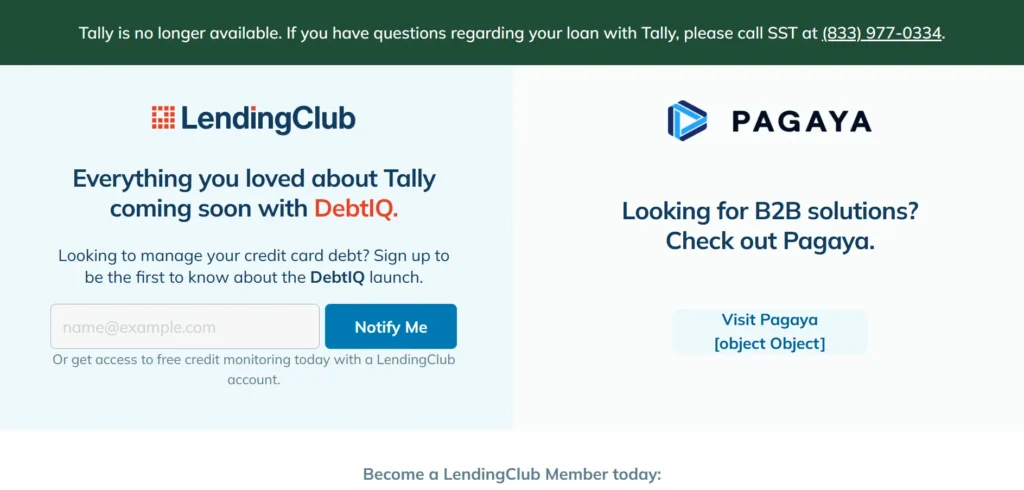
Tally is an innovative debt repayment app designed to help users manage and pay off credit card debt efficiently. In 2025, Tally’s website is a masterclass in conversion-focused financial storytelling. Through soft illustrations, user testimonials, and clear value propositions, Tally builds trust and credibility in just a few scrolls.The site’s main goal is to demystify credit card debt—and it does so with calculators, FAQs, and interactive elements. Their signup funnel is designed for frictionless onboarding and emphasizes transparency around fees and benefits.
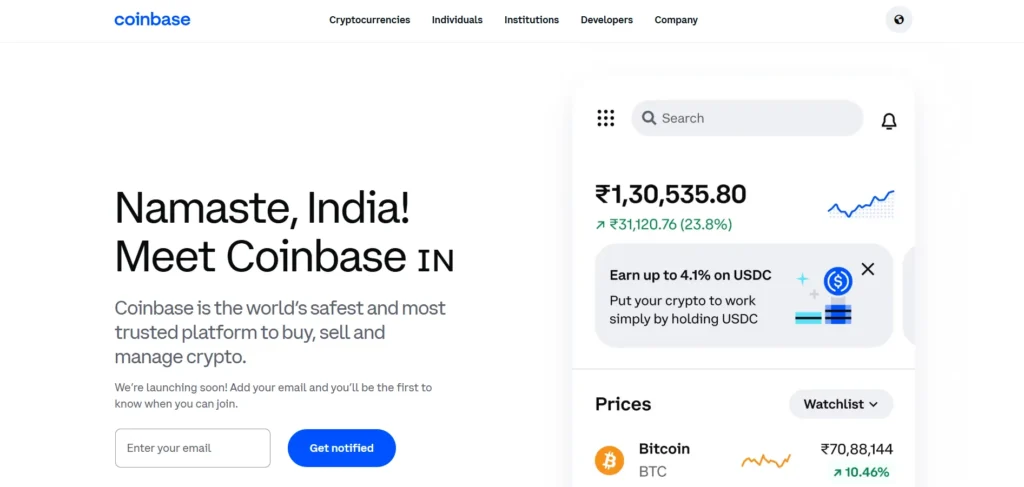
Coinbase continues to lead in the cryptocurrency sector with a secure, educational, and highly intuitive website. In 2025, their homepage emphasizes trust through licensing disclosures, advanced encryption information, and clearly defined product offerings including Coinbase Wallet, Coinbase Pro, and staking.The educational section—Coinbase Learn—is rich with tutorials, videos, and crypto glossaries, making it ideal for newcomers to the world of digital currency. Its transparent fee structure and up-to-date crypto prices make the site not only user-friendly but also reliable and informative.
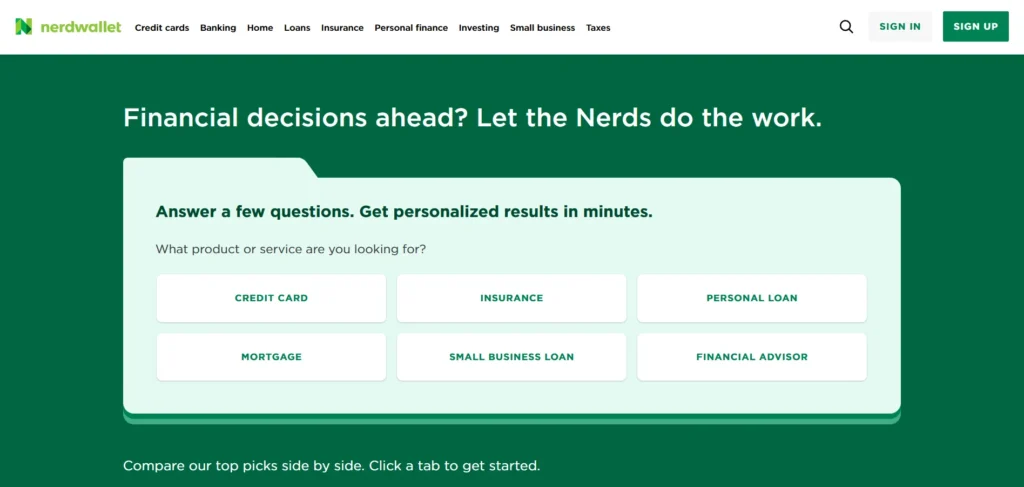
NerdWallet continues to dominate in 2025 as one of the most reliable and user-friendly personal finance websites. With its clean UI, interactive tools, and helpful comparison charts, it empowers users to make smarter financial decisions. The use of well-structured blog content, SEO-rich reviews, and calculators makes it a go-to resource for credit cards, mortgages, and investing.
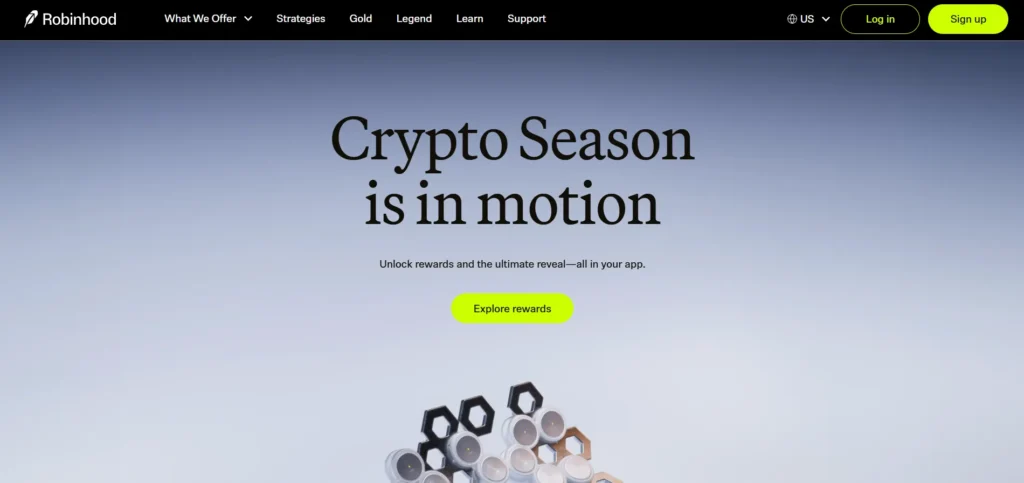
Robinhood’s website offers an excellent blend of modern design and powerful fintech features. It uses strong visual hierarchy, compelling CTAs, and seamless mobile integration. The homepage delivers clarity about investing, crypto, and retirement in a single scroll, making the platform accessible even to first-time investors.
Conclusion
As we move deeper into the digital-first era of finance, user expectations around online financial platforms continue to rise. The best finance websites of 2025 aren’t just functional — they are fast, visually polished, mobile-responsive, and deeply customer-centric. Whether it’s simplifying investment options, offering personalized budgeting tools, or delivering real-time crypto updates, these websites prioritize trust, transparency, and user engagement.
Frequently Asked Questions
What makes a finance website successful in 2025?
A successful finance website in 2025 is one that is secure, fast-loading, mobile-friendly, and built with a strong UX/UI focus. It should also offer personalized tools, real-time data, clear calls-to-action, and trustworthy content to help users make informed decisions.
How important is SEO for finance websites?
SEO is critical for finance websites as it ensures visibility in search engines for high-intent keywords like “best budgeting app” or “crypto trading platform.” Keyword-rich blogs, comparison tools, and FAQs can drive traffic and improve conversions.
Can I build a finance website without coding?
Yes, platforms like Webflow, WordPress, and Wix offer pre-built templates and drag-and-drop tools for building finance websites without coding. However, for advanced features like secure data syncing, bank integrations, or investment tools, you’ll need custom development.




